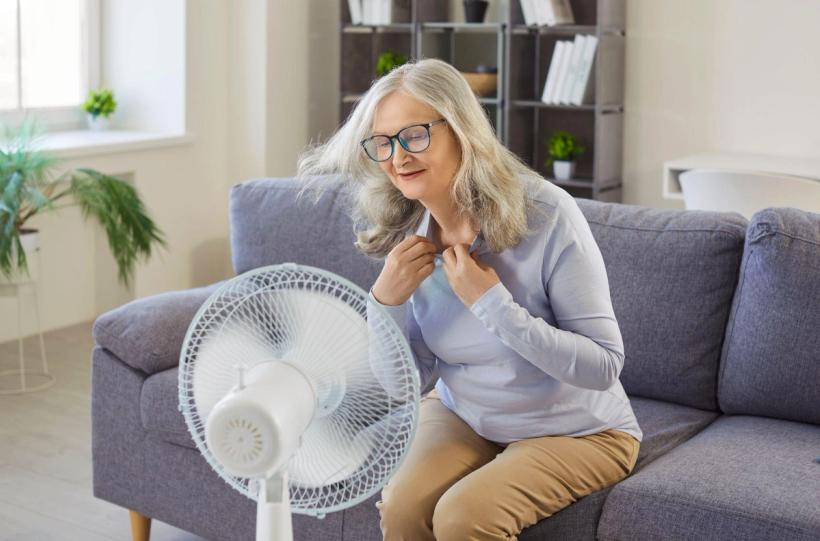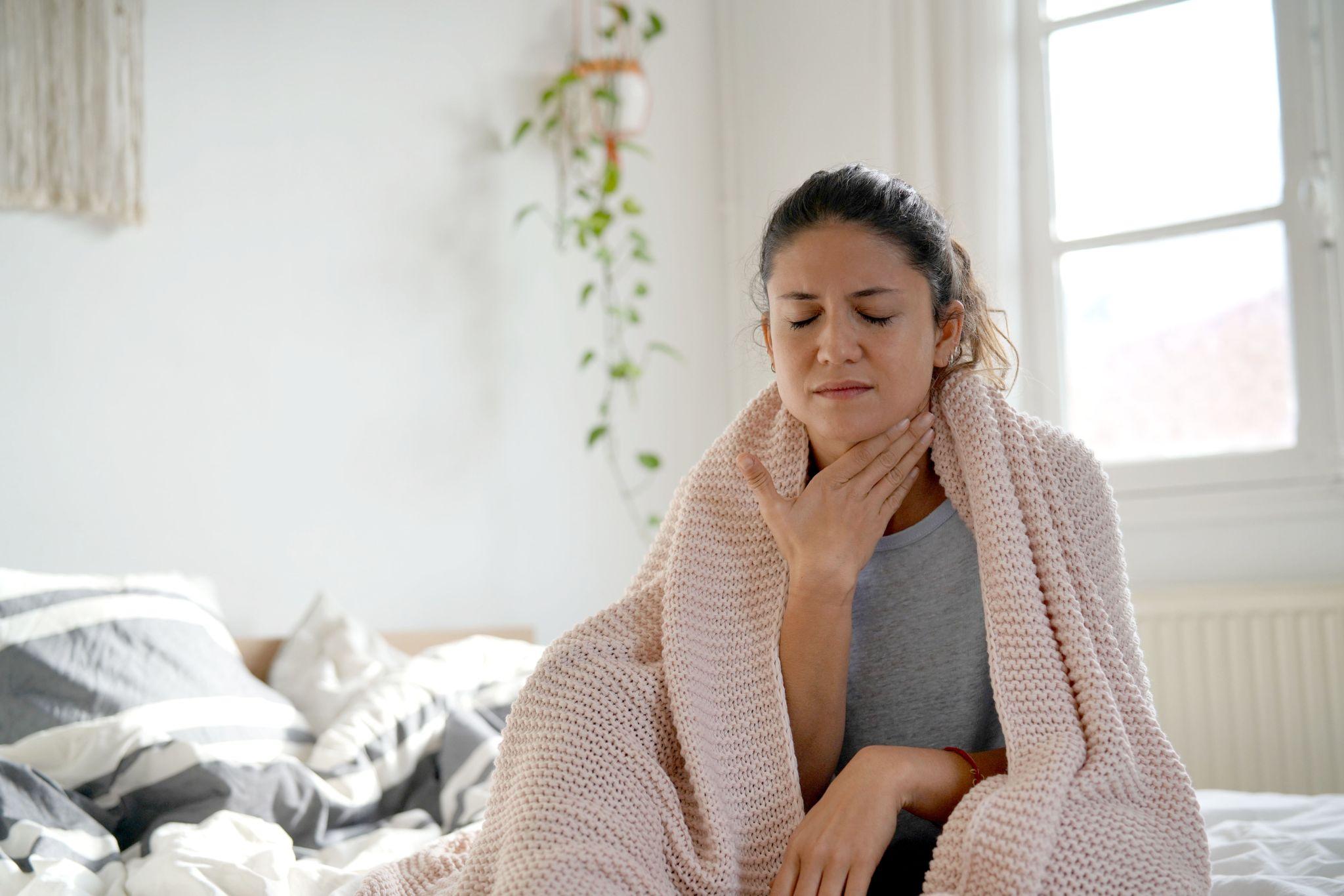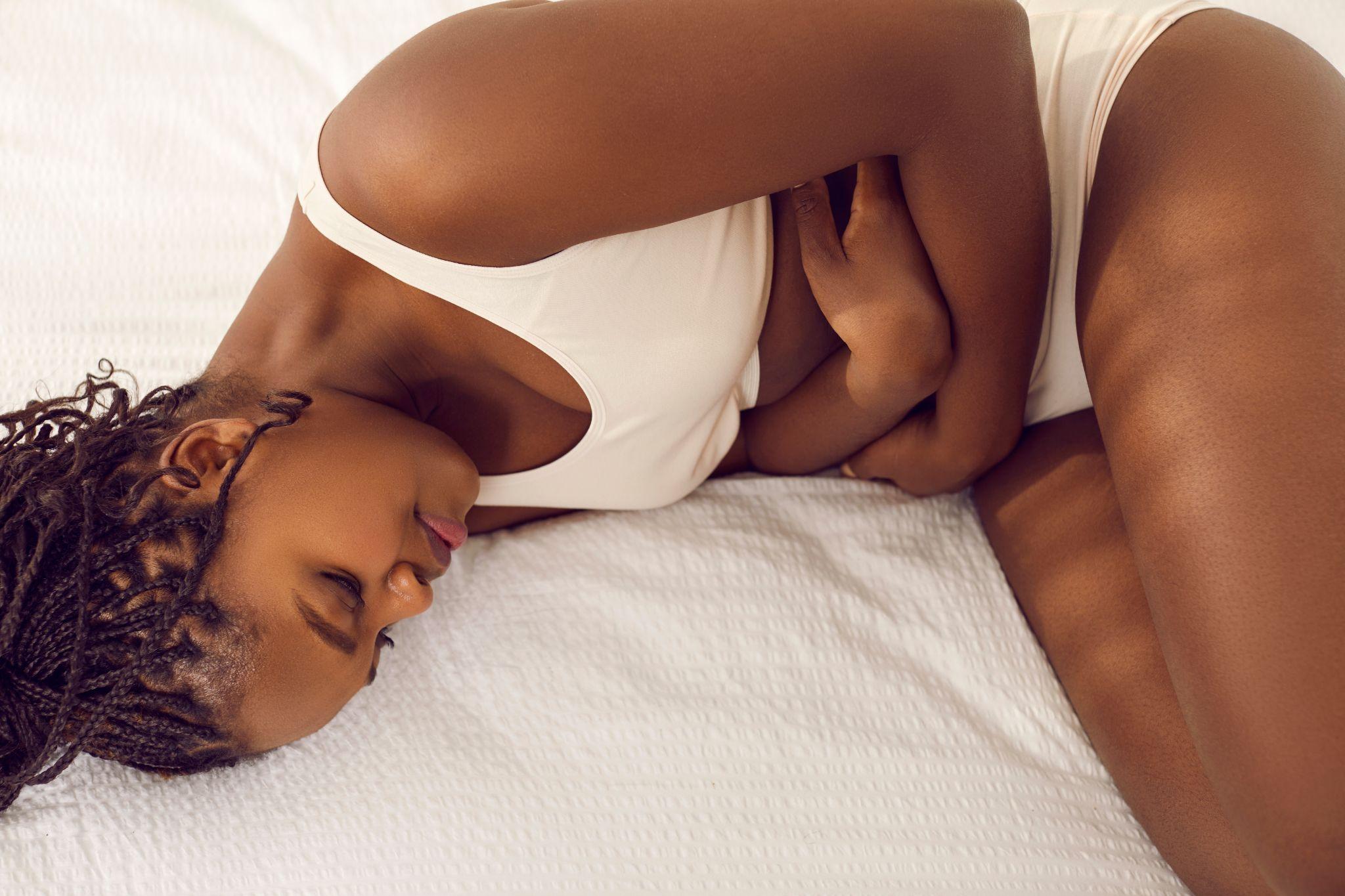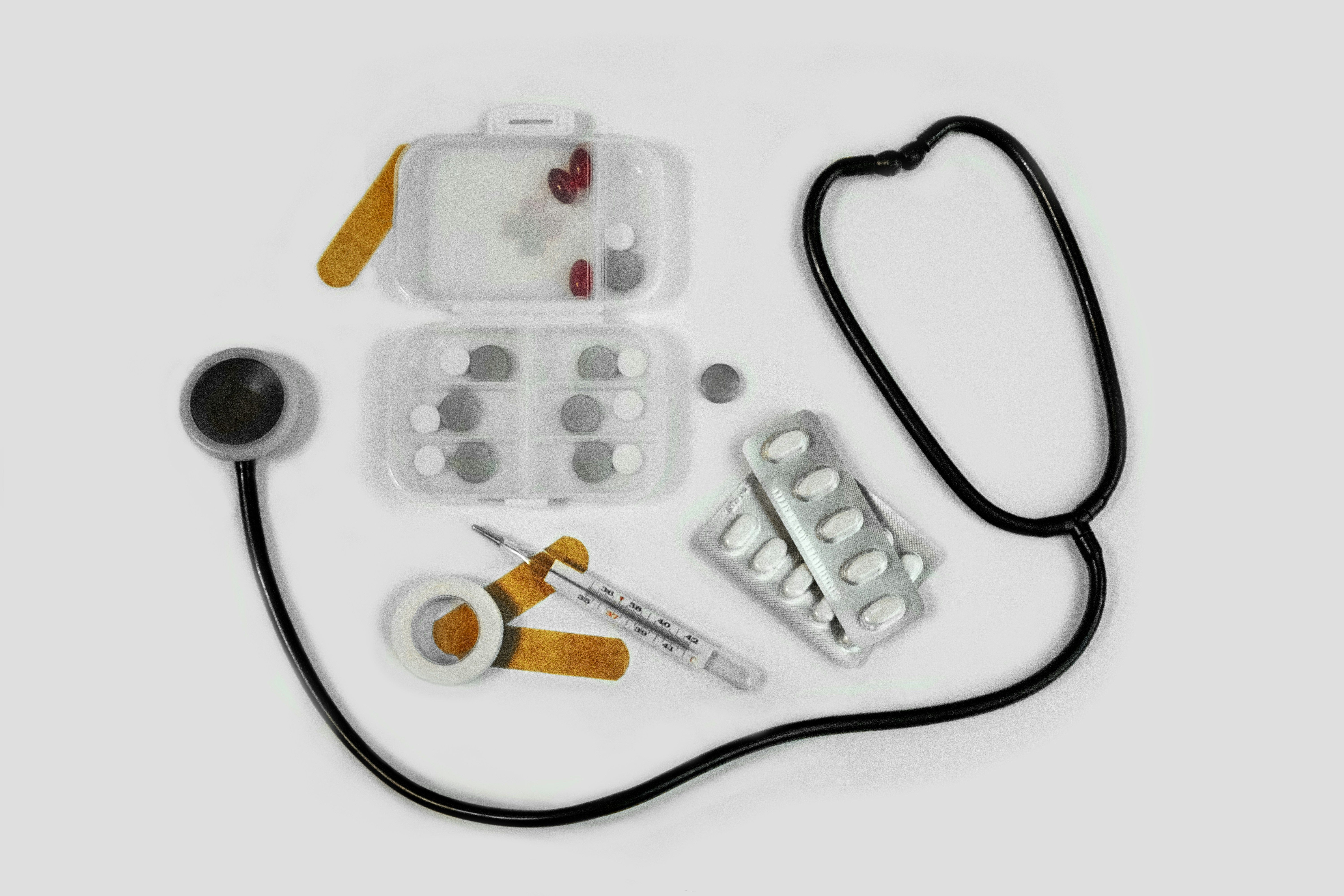When temperatures soar and humidity rises, your body works harder to stay cool. But sometimes that effort backfires—especially when sweat gets trapped under your skin. The result? Heat rash, a common but often misunderstood skin condition that can range from mildly annoying to downright uncomfortable. While it usually goes away on its own, knowing how to treat and prevent it can save you days of itching, redness, and irritation.
Here’s everything you need to know about heat rash: what causes it, how to recognize it, and what you can do to feel better—fast.
What Is Heat Rash?
Heat rash is a skin condition that develops when sweat glands become clogged, trapping sweat beneath the skin’s surface. This causes inflammation and leads to small red bumps, blisters, or irritation—especially in areas where clothing rubs or where skin folds trap heat.
The condition is also referred to as:
- Prickly heat, because of the stinging or prickling sensation it causes
- Sweat rash, due to its connection with excessive perspiration
- Miliaria, the medical term encompassing different types of heat rash
Different Types of Heat Rash
There are several subtypes of miliaria, classified based on how deeply the sweat is trapped in the skin:¹
- Miliaria crystallina: The mildest form, with clear, fluid-filled bumps that break easily
- Miliaria rubra: The most common form, marked by red, itchy or prickly bumps
- Miliaria pustulosa: Occurs when the red bumps fill with pus, often from secondary infection
- Miliaria profunda: A rare and deeper form causing flesh-colored lesions, typically after repeated episodes of rubra
The different forms of heat rash can be difficult to distinguish. A medical professional can best help you understand heat rash types and what they look like.
Heat Rash Causes
Heat rash is caused by sweat gland blockage, which prevents sweat from reaching the surface of the skin. When sweat is trapped, it causes inflammation and irritation in the surrounding tissue.
Here are some of the most common causes:¹
- Hot and humid weather: The more you sweat, the greater the chance sweat glands get overwhelmed or blocked.
- Tight or non-breathable clothing: Clothes that trap heat and moisture can worsen friction and restrict airflow.
- Physical activity: Exercise or manual labor in warm conditions increases perspiration, making heat rash more likely.
- Prolonged bed rest: Hospitalized or immobile individuals often experience heat rash in areas of pressure where airflow is limited.
Heat Rash Symptoms
The symptoms of heat rash vary depending on the type and severity, but most people experience some combination of the following:²
- Small red bumps or blisters
- Tingling, prickly, or stinging sensation
- Itching or mild burning
- Swelling or inflammation
Heat rash most often appears on areas of the body where heat and sweat become trapped, such as the neck, shoulders, chest, upper back, armpits, groin, under the breasts, and the inner thighs or behind the knees.
Who’s Most at Risk for Heat Rash
While anyone can develop heat rash, some people are more susceptible due to age, activity level, or environmental factors. Those at higher risk include:¹
- Infants and young children, whose sweat ducts are less developed
- Athletes and outdoor workers, who sweat more and wear gear that can trap heat
- People living in hot, humid climates
- Individuals on bed rest or with limited mobility, especially in warm settings
How to Prevent Heat Rash
Preventing heat rash is often as simple as staying cool, dry, and mindful of your environment. If you live in a hot or humid climate—or have dealt with heat rash before—take steps to avoid excessive sweating and irritation.
Spend time in cool, shaded areas during the hottest parts of the day, and use air conditioning or fans to keep indoor temperatures down. Wear lightweight, breathable fabrics that wick moisture away from the skin, and take cool showers after physical activity or sweating. Skip heavy creams or ointments that can block pores, and be sure to keep your bedding and clothing clean and dry to reduce the risk of clogged sweat glands.¹

How to Treat Heat Rash
Most heat rashes resolve on their own within a few days, especially if you can cool the skin and reduce sweating. Treatment focuses on relieving discomfort and preventing further irritation. At-home treatments include:¹,²
1. Cool Down
Move to an air-conditioned or shaded area. Use a fan, take a cool shower, or apply a damp cloth to the affected skin.
2. Keep Skin Dry
Sweat aggravates the condition, so dry the area gently and frequently. Dusting with a non-medicated powder, like cornstarch, can help absorb moisture.
3. Wear Loose, Breathable Clothing
Natural fibers like cotton allow air to circulate, which helps prevent sweat buildup and friction.
4. Avoid Lotions or Ointments
Creams that block pores can worsen heat rash. Avoid oil-based products and heavy moisturizers.
5. Use Over-the-Counter Relief
Over-the-counter remedies can help relieve heat rash symptoms—calamine lotion soothes the skin, hydrocortisone cream reduces mild inflammation, and oral antihistamines may ease itching, especially at night. Avoid using steroid creams on infants unless directed by a doctor.
6. Let Your Skin Breathe
Avoid excessive rubbing or pressure. If possible, go without clothes in private, cool settings to allow skin to recover.
When to See a Doctor for Heat Rash
Most cases of heat rash are mild and resolve on their own within a few days, but there are times when medical attention is necessary.
You should see a doctor if the rash does not improve after several days, becomes increasingly painful, or begins to interfere with sleep. It’s also important to watch for signs of infection, such as redness that spreads, swelling, pus, or a fever.
Additionally, if heat rash occurs alongside symptoms of heat exhaustion or heatstroke—like dizziness, headache, nausea, or confusion—it’s important to seek prompt medical care.¹
Frequently Asked Questions
What can be mistaken as heat rash?
Heat rash can sometimes be confused with other rashes or allergic reactions like eczema, fungal infections, or contact dermatitis, as they may also cause redness, bumps, and itching. A proper diagnosis from a medical provider can help distinguish between these conditions.
What is the fastest way to get rid of heat rash?
The fastest way to get rid of heat rash is to cool the skin, reduce sweating, and keep the affected area dry. Using breathable clothing, cool compresses, and avoiding heavy creams can help speed up healing.¹,²
How long do heat rashes last?
Most heat rashes clear up within 2 to 3 days when the skin is kept cool and dry. If the rash becomes irritated or infected, it may take longer to heal and could require medical treatment.¹
Can heat rash spread?
Heat rash itself doesn’t spread from person to person, but it can appear in new areas of your body if sweating and irritation continue. If left untreated, it may worsen or cover a larger area, especially in hot and humid conditions.¹
What causes prickly heat?
Prickly heat (heat rash) is caused when sweat ducts become blocked, trapping sweat beneath the skin and leading to irritation and inflammation.¹
Get Heat Rash Treatment Online with 24hrdoc
Heat rash may be common, but that doesn’t mean you have to wait it out. With 24hrdoc, you can get fast, professional care from the comfort of your home. Our licensed providers offer convenient online heat rash treatment, helping you find relief without the hassle of an in-person visit.
If your symptoms aren’t improving or you’re unsure what kind of rash you have, we’re here to help. Start your online visit with 24hrdoc today and get the care you need—on your schedule.
Sources:
- WebMD. What Is Heat Rash?.
- Healthline. Everything to Know About a Heat Rash.




